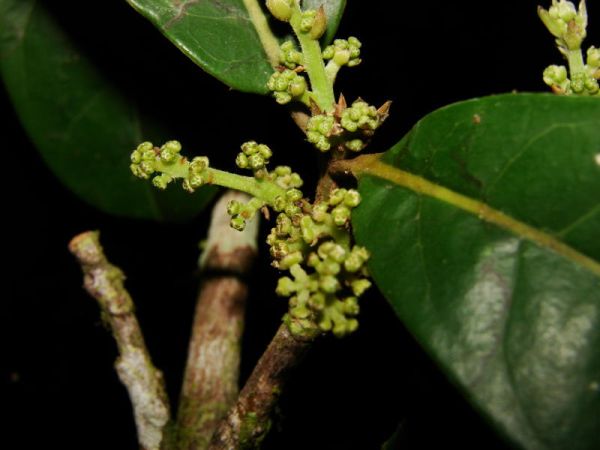
The Missouri Botanical Garden, one of the oldest botanical institutions in the United States and a National Historic Landmark is a center for botanical research and science education of international repute, as well as an oasis in the city of St. Louis, with 79 acres of horticultural display. It has seen uncountable new species since it came into existence in 1859. Receiving species that are never seen before for identification is nothing new for this botanical garden. Identifying hundreds of new plant species every year is common here, but discover new genera is something that doesn’t happen often. So, when I came across this new, I could stop myself from sharing it with you. The Missouri Botanical Garden has identified a new genus, Yasunia, with two confirmed species from Ecuador and Peru – Y. quadrata and Y. sessiliflora.
Henk van der Werff, the Head of Monographic Studies Department at the Missouri Botanical Garden says:
There are many new species found mostly in the tropics each year. Typically, new species differ in minor characteristics from their close relatives. New genera differ in major characteristics from their relatives and such a find is truly a matter of luck and perseverance. This is an extremely rare and exciting scenario. The two new species that were collected did not belong in a known genus, so what we suddenly had were both two new species and new genus. Usually, when a new genus is discovered, it is associated with only one species. It is very unusual to find two new species belonging to the same new genus. Yasunia with two new species is one of those very rare cases.
The first sample was collected in 1993 by MBG staff member David Neill from the Amazon lowlands of Ecuador. But, because of lack of detail, particularly of the flower which is needed for identification it remained an undetermined specimen. In order to make essential information for the identification available, the local staff conducting floristic inventory in the Yasuni National Park by collecting additional specimens from a tagged tree. After performing many experiments, it was found that these samples did not match the characteristics of any of the recognized Neotropical genera of Lauraceae. In 2003 the collection of the second species was located in the upper Rio Utiquinia in Ucayali (Peru) near the border of Brazil.
Via: ScienceDaily


